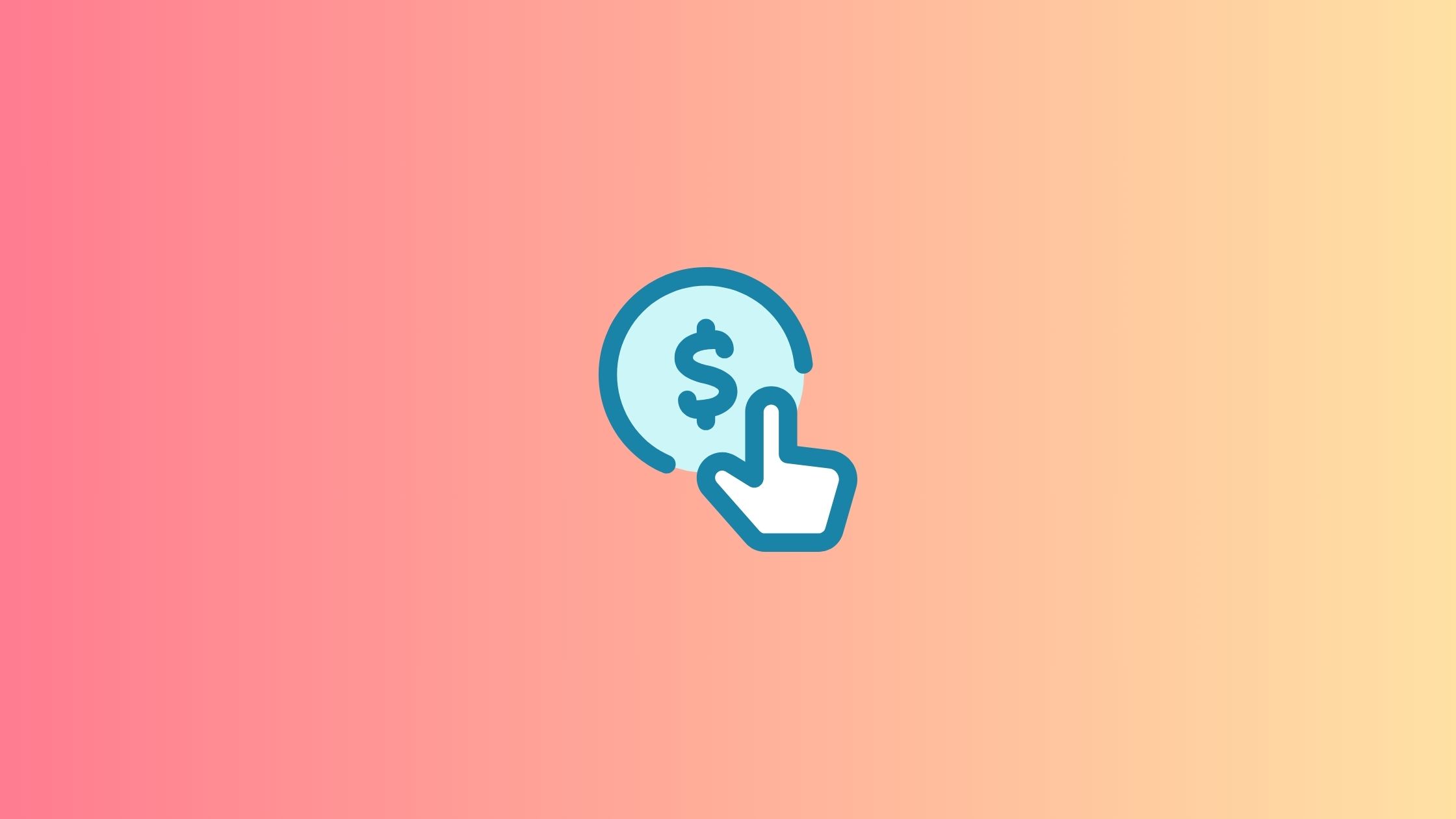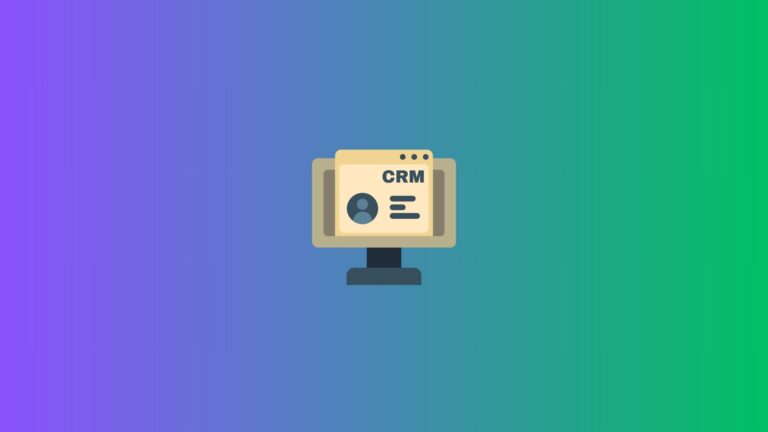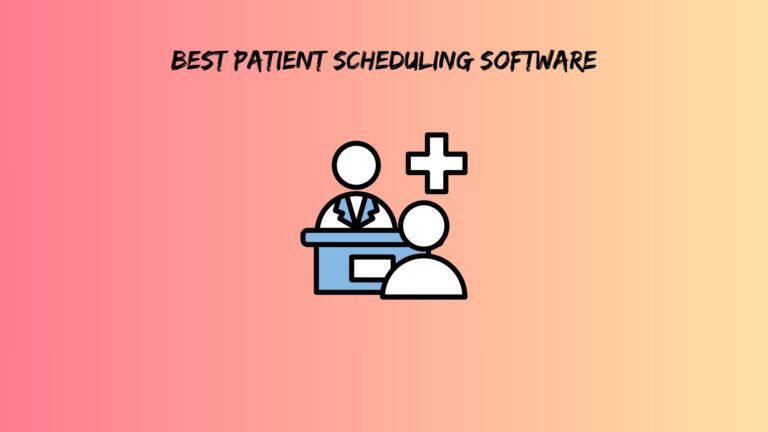Best Subscription Billing Tools to Automate & Grow Your Recurring Revenue
Your subscription business is bleeding money, and spreadsheet billing isn’t helping. Companies lose an average of 11% of their recurring revenue to billing mishaps, failed payments, and manual errors. Meanwhile, you’re drowning in dunning emails and tax compliance headaches. The solution isn’t hiring more accountants or hoping for better results.
Smart subscription companies automate their billing operations with tools that prevent revenue leakage, rather than just tracking it.
The Real Cost of Poor Subscription Billing
Manual subscription management costs more than most founders realize. Beyond the obvious missed payments, billing friction accelerates customer churn by 34% according to recent studies.
Hidden operational costs pile up quickly. Customer service tickets about billing issues, accounting team overtime during month-end close, and developer time fixing payment failures add thousands in unnecessary expenses.
Global expansion becomes a nightmare without proper billing infrastructure. Tax compliance across multiple jurisdictions requires expertise that most teams lack. One audit can cost more than years of subscription billing software.
Furthermore, poor billing creates cash flow unpredictability. When you can’t accurately forecast revenue or collections, strategic planning becomes guesswork. Growth investments based on faulty projections often backfire spectacularly.
The “good enough” approach kills scaling potential. Companies that delay billing automation hit operational walls around $2M ARR, forcing expensive emergency migrations during critical growth phases.
Also read: top free legal billing software
What Separates Best Subscription Billing Tools from Basic Ones
Revenue Intelligence Features
Modern subscription billing solutions go beyond basic invoicing. Advanced dunning management systems use behavioral data to optimize payment retry sequences, recovering 15-25% more failed payments than generic approaches.
Predictive analytics identify at-risk subscribers before they churn. Machine learning models analyze payment patterns, usage data, and engagement metrics to flag accounts needing attention.
Dynamic pricing optimization helps maximize customer lifetime value. A/B testing different pricing strategies across segments reveals what drives conversions versus what sounds good in theory.
Revenue recognition automation ensures compliance with accounting standards. Complex subscription models create recognition challenges that manual processes can’t handle accurately.
Growth Enablement Capabilities
Multi-currency support extends beyond simple conversion rates. Elite platforms handle local payment methods, tax requirements, and compliance regulations for each market automatically.
Flexible pricing models accommodate business evolution. Whether you need usage-based billing, hybrid models, or custom enterprise contracts, the platform should adapt without requiring rebuilds.
Integration ecosystems determine operational efficiency. Deep connections with CRM, accounting, and analytics tools eliminate data silos and manual transfers.
Customer self-service portals reduce support burden while improving satisfaction. Subscribers can update payment methods, view billing history, and manage subscriptions independently.
Operational Excellence Markers
API reliability determines system stability. Downtime during billing runs costs money and damages customer relationships. Look for 99.9%+ uptime guarantees backed by SLAs.
Migration support quality varies dramatically between providers. Some offer white-glove data migration services, while others dump a CSV upload tool and wish you luck.
Compliance certifications matter more as you scale. SOC 2 Type II, PCI DSS Level 1, and GDPR compliance become table stakes for enterprise customers.
White-label customization preserves brand consistency. Generic billing pages and emails look unprofessional and reduce customer trust.
The 7 Best Subscription Billing Tools That Drive Real Results
1. Chargebee: The Revenue Operations Powerhouse
Chargebee excels at end-to-end revenue lifecycle management rather than just processing payments. Their RevenueStory analytics suite provides insights that most billing platforms treat as afterthoughts.
Ideal customers include mid-market SaaS companies expanding globally. The platform handles complex subscription models without breaking, making it perfect for businesses outgrowing simpler solutions.
Key capabilities center around automated dunning sequences that adapt based on customer behavior. Integration with ProfitWell provides subscription metrics that matter for growth decisions.
Pricing starts at $249 monthly for growing businesses, with transparent usage-based scaling. Unlike competitors’ hidden fees, Chargebee’s pricing model aligns with your growth trajectory.
Growth impact: Customers typically see 23% increases in recovered revenue within the first quarter. The automated retry logic outperforms manual dunning processes significantly.
However, complex pricing models require a learning curve. Teams need training to leverage advanced features effectively, especially around revenue recognition rules.
2. Paddle: The Merchant of Record Game-Changer
Paddle simplifies global expansion by acting as the merchant of record for your transactions. This approach eliminates tax compliance headaches that kill international growth momentum.
Perfect for software companies wanting to sell globally without establishing legal entities everywhere. Paddle handles VAT, sales tax, and compliance across 200+ countries automatically.
Standout features include checkout optimization that increases conversion rates and fraud protection that adapts to global payment patterns. Their tax handling alone saves months of legal consultation.
The revenue-share pricing model (5% plus payment processing) aligns costs with growth. No upfront fees or monthly minimums make it accessible for smaller companies testing international markets.
Expansion catalyst: Companies reduce time-to-market for global launches by 80% on average. What used to take months of compliance work happens in days.
Trade-offs include less customization control since Paddle owns the merchant relationship. Some enterprise customers prefer direct payment processing relationships.
3. Recurly: The Enterprise Subscription Specialist
Recurly handles sophisticated enterprise billing scenarios that break simpler platforms. Their architecture supports millions of subscribers and complex pricing hierarchies without performance degradation.
Built for large enterprises with intricate subscription models. Multi-entity accounting, advanced revenue recognition, and enterprise-grade security make it ideal for public companies.
Core strengths include extensive API capabilities and advanced dunning strategies. Revenue optimization tools use machine learning to maximize subscriber lifetime value automatically.
Pricing follows custom models based on transaction volume and features needed. Enterprise implementations typically start around $1,000 monthly but scale with usage.
Retention impact: Enterprise clients report 15% improvements in subscriber retention through better payment recovery and proactive churn prevention.
Nevertheless, the platform can be overkill for straightforward subscription models. Smaller companies often find the feature set overwhelming and unnecessarily complex.
4. Vendasta: The White-Label Champion
Vendasta combines comprehensive partner management with subscription billing, creating an ecosystem for agencies and resellers managing multiple client relationships.
Designed for agencies, MSPs, and resellers who need white-label billing capabilities alongside client management tools. The platform handles complex partner hierarchies and revenue sharing automatically.
Unique capabilities include automated client onboarding workflows and comprehensive partner portals. Commission tracking and payout automation eliminate manual partner management tasks.
Tiered pricing starts at $99 monthly per user, with volume discounts for larger partner networks. The all-in-one approach often costs less than combining separate billing and CRM tools.
Acquisition acceleration: Partners typically see 40% faster client acquisition cycles through streamlined onboarding and automated billing processes.
The maximum value requires adopting the full platform ecosystem. Companies using only billing features miss integration benefits that justify the investment.
5. Zuora: The Subscription Economy Pioneer
Zuora pioneered subscription billing and remains the most feature-rich platform for complex enterprise needs. Public companies and large enterprises rely on Zuora for mission-critical billing operations.
Targeted at public companies and large enterprises requiring advanced features like ASC 606 compliance, sophisticated analytics, and complete quote-to-cash automation.
Platform strengths include mature revenue recognition capabilities and extensive customization options. The ecosystem of third-party integrations surpasses most competitors significantly.
Enterprise pricing typically starts around $2,000 monthly, with costs scaling based on transaction volume and feature requirements. Implementation often requires professional services.
Compliance advantage: Public company clients achieve SOX compliance faster through automated controls and audit trails built into billing processes.
Smaller companies find the platform expensive and overly complex. The learning curve and implementation timeline can delay billing automation benefits for months.
6. BlueSnap: The Global Payment Processor
BlueSnap combines subscription billing with comprehensive payment processing, optimizing conversion rates across 100+ payment methods and global markets.
Suited for companies prioritizing payment optimization and global reach. The intelligent routing technology maximizes approval rates while minimizing processing costs.
Payment capabilities include extensive local payment methods, advanced fraud prevention, and currency optimization. Billing features, while solid, focus more on supporting payment processes.
Competitive processing rates plus platform fees create transparent pricing. Volume discounts and negotiable rates benefit high-transaction businesses.
Conversion boost: Global conversion rates typically increase 18% through intelligent payment routing and local payment method support.
Billing automation features lag behind pure-play subscription platforms. Companies needing sophisticated billing logic might require additional tools.
7. Stax Bill: The Flexible Automation Engine
Stax Bill accommodates unique business models that don’t fit standard subscription patterns. High customization capabilities support complex billing scenarios without custom development.
Perfect for companies with non-standard subscription models, usage-based pricing, or complex billing workflows. The platform adapts to business requirements instead of forcing conformity.
Automation capabilities include custom workflow builders, extensive integration options, and flexible pricing model support. API-first architecture enables deep customizations.
Transparent pricing starts at $99 monthly with clear upgrade paths. No hidden fees or surprise charges make budgeting predictable for growing companies.
Efficiency gains: Billing processing time typically decreases 75% through automated workflows and the elimination of manual intervention points.
Advanced customization requires technical expertise during setup. Non-technical teams might need implementation support for complex configurations.
Also read: ai image generator software
The Hidden Success Factors Nobody Discusses
Migration Reality Check
Data migration complexity often gets downplayed during sales processes. Historical billing data, subscription states, and customer payment methods require careful mapping and validation.
Timeline expectations frequently prove optimistic. Plan for 2-3x longer migration periods than initially quoted, especially for complex subscription models or large customer bases.
Team training requirements extend beyond basic platform features. Revenue recognition rules, dunning strategies, and reporting capabilities need dedicated learning time.
Testing protocols must validate billing accuracy before going live. Incorrect billing damages customer relationships and creates support nightmares that take months to resolve.
Scaling Preparation
Growth spikes test platform performance in ways demos never reveal. Black Friday traffic, viral marketing campaigns, or enterprise client onboarding can expose scalability limitations.
Cost evolution surprises many companies as transaction volumes increase. Percentage-based pricing models can become expensive quickly, while flat-rate platforms might add usage fees.
Feature availability across pricing tiers affects long-term planning. Essential capabilities locked behind enterprise plans can force expensive upgrades sooner than expected.
Vendor Relationship Quality
Support responsiveness during critical billing issues determines business continuity. Billing system downtime during the month-end close creates cascading operational problems.
Strategic guidance beyond technical support separates great vendors from order takers. Platform experts should understand subscription business models and provide growth recommendations.
Product roadmap alignment ensures platform capabilities evolve with business needs. Vendors focusing on different market segments might abandon features important to your use case.
Strategic Selection Framework for 2025
Growth Stage Mapping
Startup phase companies benefit from flexible platforms like Chargebee or Stax Bill that accommodate business model evolution without expensive migrations.
Scale-up phase businesses need global capabilities from Recurly or BlueSnap to support international expansion without operational complexity.
Enterprise phase organizations require sophisticated features from Zuora for compliance, advanced analytics, and complex pricing model support.
Agency models find comprehensive value in Vendasta’s white-label ecosystem that combines billing with partner management capabilities.
Also read: Top Application Development Software
Decision Matrix Priorities
Technical integration complexity should align with team capabilities. API-first platforms require development resources, while plug-and-play solutions limit customization options.
Total cost of ownership includes implementation, training, and ongoing management costs beyond monthly subscription fees. Calculate three-year costs for realistic comparisons.
Compliance requirements vary by industry and geography. Healthcare, finance, and international businesses need platforms with appropriate certifications and capabilities.
The geographic expansion timeline affects platform selection timing. Companies planning international growth within two years should choose globally-capable platforms initially.
Implementation Success Blueprint
Pre-migration planning prevents costly mistakes. Document current billing processes, identify customization requirements, and establish success metrics before platform selection.
Testing protocols ensure billing accuracy and customer experience quality. Run parallel billing systems during transition periods to validate calculations and customer communications.
Customer communication strategies minimize churn during billing transitions. Proactive messaging about changes, new features, and support resources maintains confidence.
Performance monitoring catches issues before they impact customers or revenue. Dashboard alerts for failed payments, unusual patterns, and system performance prevent problems.
Common pitfalls include underestimating migration complexity, inadequate team training, and insufficient testing. Learning from other companies’ experiences saves time and money.
Future-Proofing Your Subscription Billing Choice
Artificial intelligence integration will automate pricing optimization, churn prediction, and payment recovery strategies. Platforms investing in AI capabilities will deliver better results over time.
Embedded finance capabilities are expanding beyond basic payment processing. Lending, insurance, and banking services integrated with billing platforms create new revenue opportunities.
Regulatory compliance requirements continue evolving globally. Platforms with strong compliance teams and automated updates reduce ongoing management burden.
Platform consolidation trends favor comprehensive solutions over point tools. Vendors acquiring complementary capabilities provide more integrated experiences but potentially higher costs.
Frequently Asked Questions
Q: How long does it typically take to implement a new subscription billing platform?
Implementation timelines vary dramatically based on complexity and vendor support. Simple setups with platforms like Paddle or Chargebee can go live within 2-4 weeks. Complex enterprise implementations with Zuora or Recurly often take 3-6 months, including data migration, customization, and testing. The key factor is data migration complexity, not platform features. Companies with clean historical data and standard subscription models implement faster than those with custom billing logic or messy legacy systems.
Q: What’s the real difference between merchant of record and direct billing approaches?
Merchant of record services like Paddle handle all tax compliance, fraud liability, and regulatory requirements, but limit customization and control. You get simplified global expansion at the cost of payment processing flexibility. Direct billing platforms like Chargebee or Recurly give you complete control over payment flows and customer relationships, but require handling compliance yourself. Choose a merchant of record for fast global expansion, direct billing for maximum control, and customization.
Q: How much should subscription billing software cost as a percentage of revenue?
Industry benchmarks suggest subscription billing costs should remain under 1% of annual recurring revenue once you reach scale. Early-stage companies might pay 2-3% while building processes and volume. However, focus on total value rather than just software costs. A platform that recovers 15% more failed payments or reduces churn by 5% easily justifies higher fees. Calculate the total cost, including implementation, training, and opportunity costs, when comparing options.







